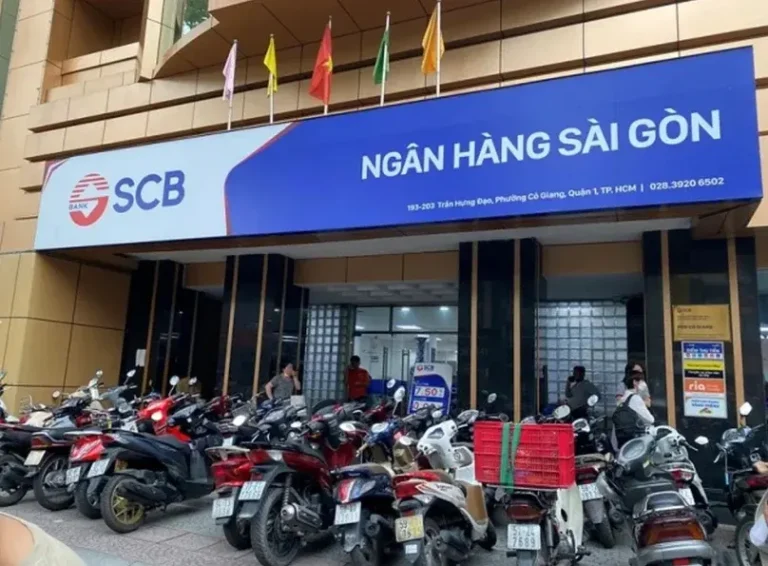17-4-2024 (MANILA) Vietnam has embarked upon an “unprecedented” rescue effort to save Saigon Joint Stock Commercial Bank (SCB), a financial institution engulfed in the country’s largest-ever banking fraud scandal. According to internal bank documents and new official information obtained by Reuters, the scale and complexity of this operation are unparalleled in Vietnam’s history.
The confidential information, provided by a source with access to the documents, paints a dire picture: “Without lending, SCB will collapse. If the lending continues, the national treasury will gradually dry up.” While Reuters could not independently verify whether this assessment is widely shared among officials monitoring the situation, the gravity of the crisis is evident.
At the heart of this turmoil lies the arrest of real estate tycoon Truong My Lan in October 2022, which triggered a massive run on SCB. Lan, who was recently sentenced to death for her role in a $12.5 billion fraud scheme, stands accused of siphoning off billions in loans from SCB to shell companies through proxies she controlled within the bank.
In a desperate bid to stem the tide of withdrawals, the State Bank of Vietnam has taken unprecedented action, pumping a staggering $24 billion in “special loans” into SCB as of early April, according to one of the bank documents seen by Reuters. This colossal sum accounts for a remarkable 5.6% of Vietnam’s annual economic output and nearly one-fourth of the nation’s foreign exchange reserves.
The central bank’s cash injections have been a lifeline for SCB, which has seen its deposits plummet by a staggering 80% to around $6 billion by December 2023, according to the official information provided to Reuters. If the current pace of withdrawals persists, SCB could run out of deposits by mid-year, compounding the already grave situation.
The documents reveal that the bank’s precarious position extends beyond liquidity concerns. As of October, an alarming 97.08% of SCB’s credit balance was classified as non-performing loans, a testament to the widespread impact of the fraud scandal.
Despite the official support, SCB has continued to face liquidity challenges, at times struggling to settle payments on time and process transfers through the country’s main clearing system, according to the source. This has further eroded customer confidence and posed risks to the broader banking and financial system.
In a bid to address the crisis, the central bank and the government have repeatedly sought assistance from the private sector, specifically calling on foreign investors to aid in the restructuring of SCB. However, restrictions such as a 30% cap on combined foreign ownership of Vietnamese banks have complicated these efforts.
Late last year, the central bank assigned private real estate company Sungroup to craft a restructuring plan for SCB, according to the source and three individuals familiar with the plan. The success of this endeavor hinges on the evaluation of real estate assets used by Lan and her companies as collateral for loans, a process mired in legal ambiguity and uncertainty regarding permits and ownership.
The Lan family has estimated the value of these assets at $30 billion, while a market appraisal firm hired by the central bank has placed the figure closer to $12 billion, highlighting the stark disparities in valuation.
As Vietnam grapples with the fallout of this crisis, the authorities’ commitment to combating corruption through the “blazing furnace” anti-corruption campaign has inadvertently exacerbated the turmoil in the real estate sector, weighing heavily on the economy and casting a cloud over the banking industry.




